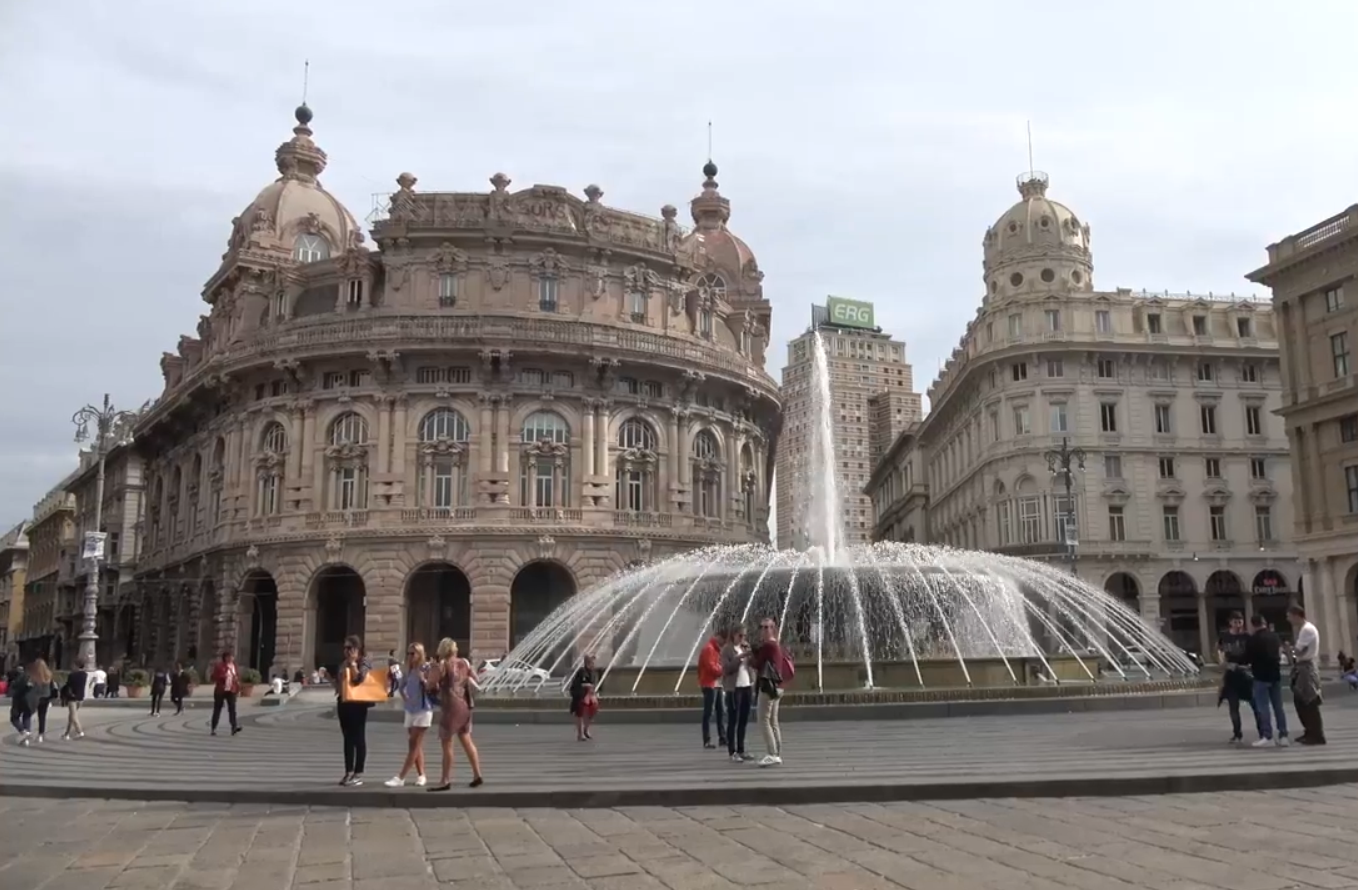
Today I want to show you a memory of my stay in Italian lands. A stay that lasted several years and during which I had the opportunity to visit I am not saying the entire Italian peninsula, but a good part of it.
In this post I will show you a beautiful city with its inner streets full of life. With a historic center that is the largest, by size, in all of Europe.
I'm talking about Genoa left out of the main tourist tours that are in charge of promoting Venice, Rome, Florence and Capri.
A city that since the Roman era was a very important port. With bank headquarters. For example, La Banca dei Monti di Paschi di Siena was founded in 1492. Exactly the same year as the discovery of America by Christopher Columbus.
In this city I spent most of my time. And he also learned to know her in her most remote places.
Here we go!
The 10 places that you cannot miss in Genoa.
In order not to make the article too long, I have decided to divide it into two parts.
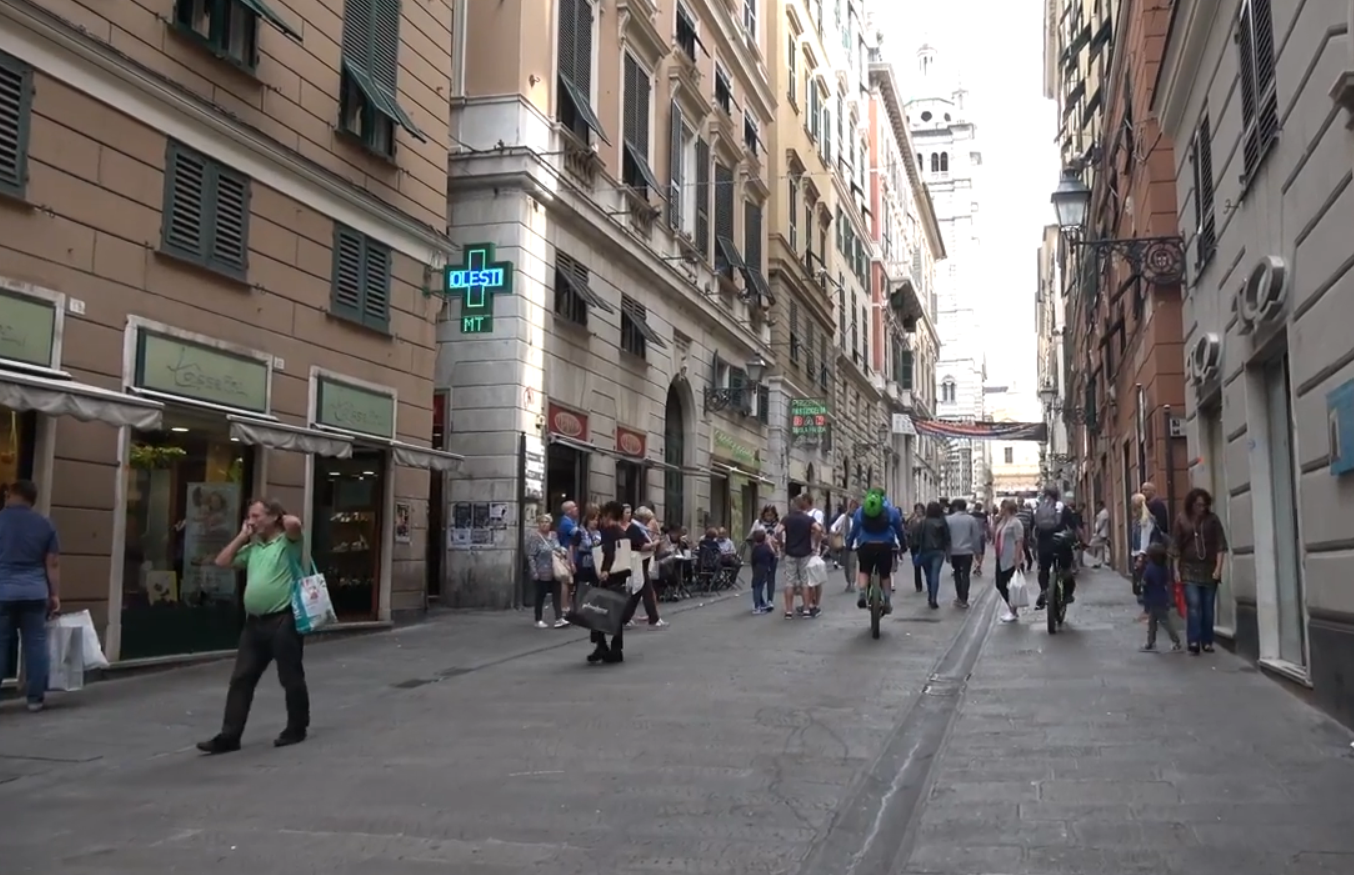
Hoy les quiero mostrar un recuerdo de mi permanencia en tierras italianas. Una estadía que duró varios años y durante la cual tuve la oportunidad de recorrer no digo toda la península itálica pero si una buena parte de ella.
En este post les mostraré una hermosa ciudad con sus callejuelas internas llenas de vida. Con un centro histórico que es el mayor, por dimensiones, de toda Europa.
Les estoy hablando de Génova dejada afuera de los principales tours turísticos que se encargan de promocionar general Venecia, Roma, Florencia y Capri.
Una ciudad que ya desde la era romana era un puerto muy importante. Con sedes de bancos. Por ejemplo La Banca dei Monti di Paschi di Siena fue fundada en el año 1492. Exactamente el mismo año del descubrimiento de América por Cristóbal Colón
En esta ciudad pasé la mayor parte de mi tiempo. Y aprendí a conocerla también en sus lugares más recónditos.
Ahí vamos!
Los 10 lugares que no puedes dejar de visitar en Génova.
Para no hacer el artículo demasiado extenso he decidido dividirlo en dos partes.
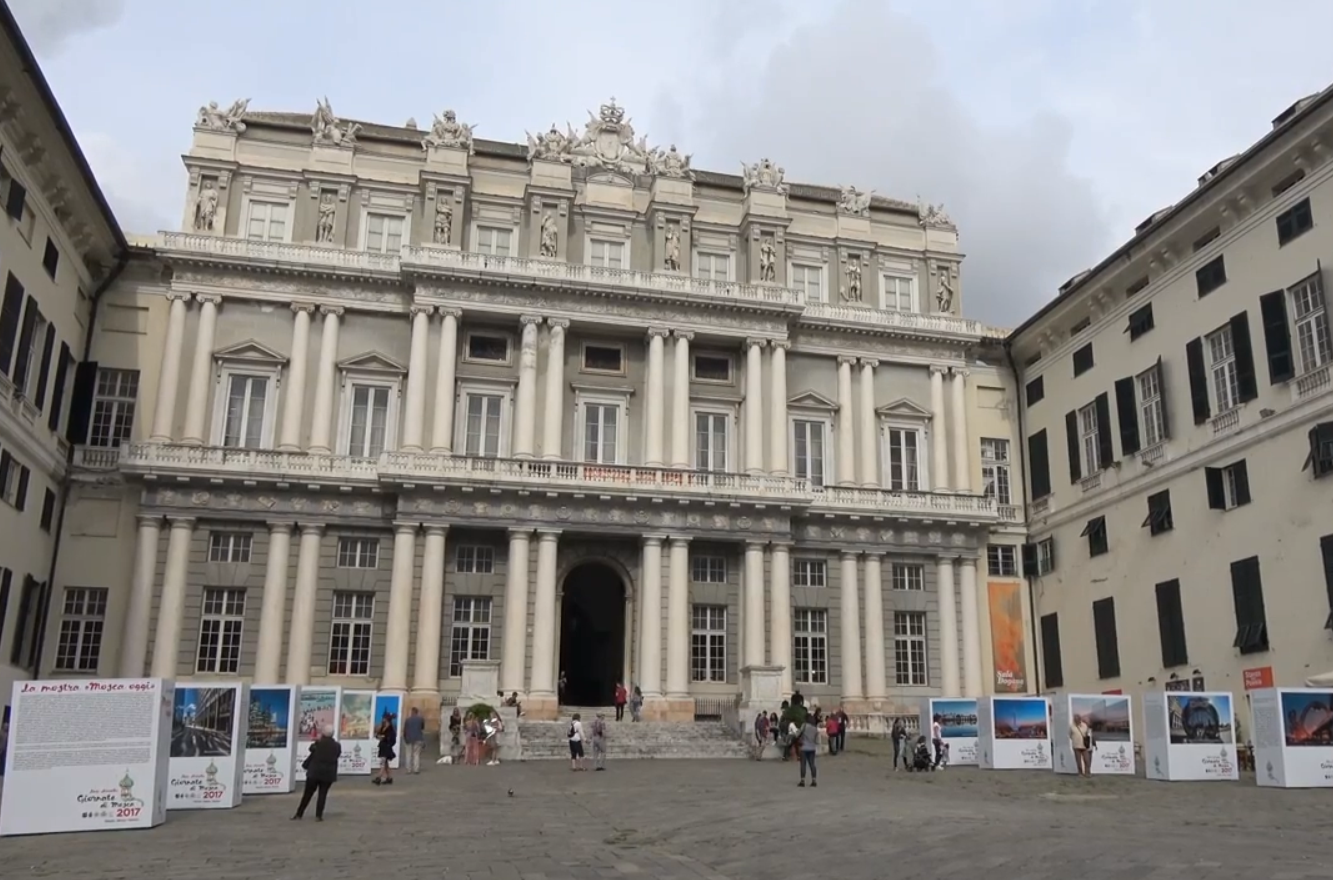

1.- Palazzo Ducale (Royal Palace of the Duke of Genoa). / Palazzo Ducale (Palacio Real del Duca de Génova).
One of the most important buildings in the old town. It houses masterpieces of art from the 17th century.
Pictures, Ligurian ceramics, domes and corridors with bas-reliefs and paintings by the main artists of the Italian Renaissance.
A true gem of art.
The history of the Palazzo Ducale begins at a particular moment in the history of Genoa.
In 1284, after the victory over Pisa in the naval battle of Meloria, Genoa consolidated its economic power throughout the Mediterranean.
And the main symbol of this power was the Palazzo Ducale, the greatest architectural exponent at that time of the so-called Maritime Republic.
A majestic and imposing Mannerist style palace, defended as a fortress with the current Piazza Matteotti closed by a "curtain": a true seat of the State, with reception rooms and a parade ground.
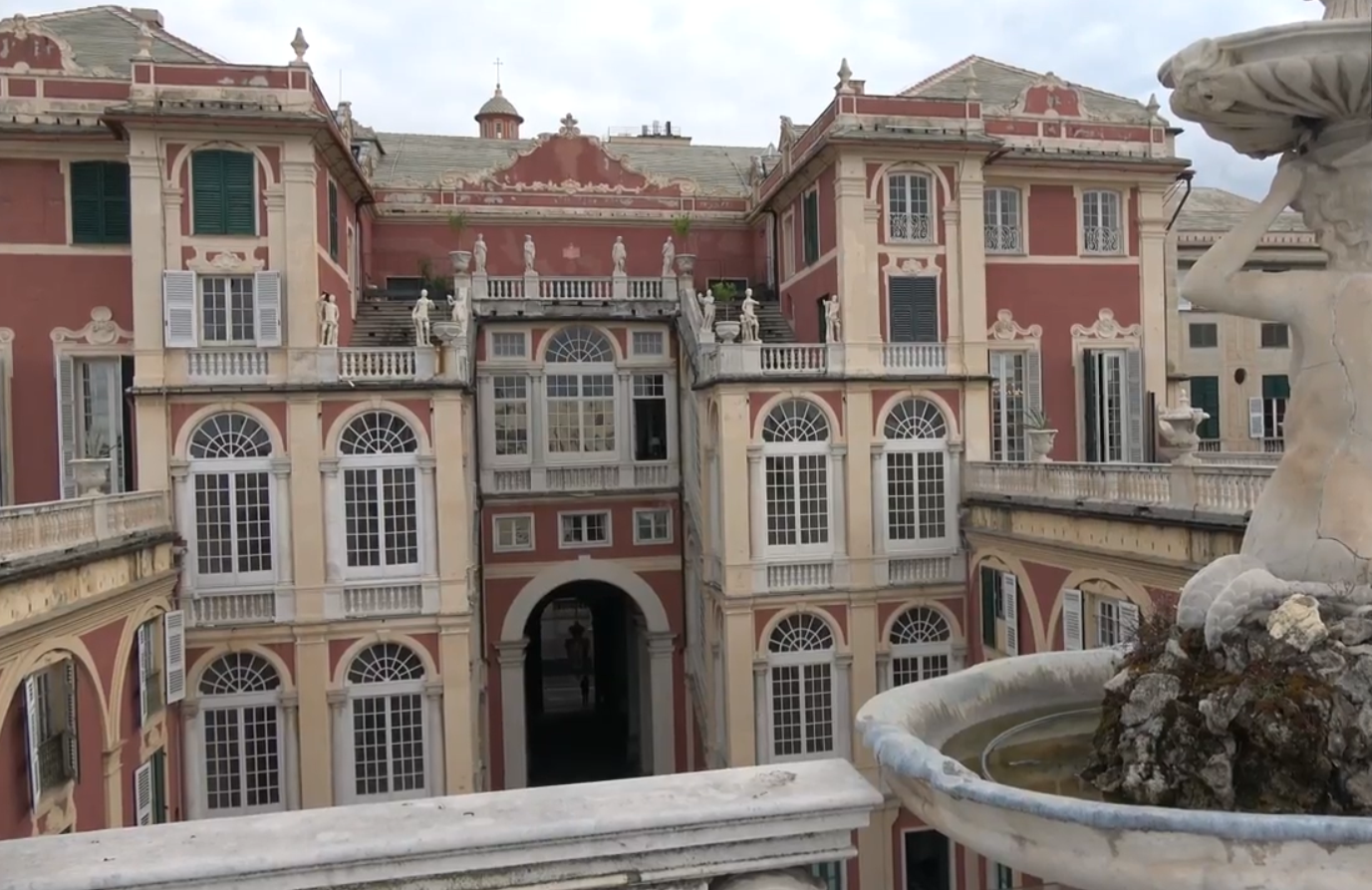
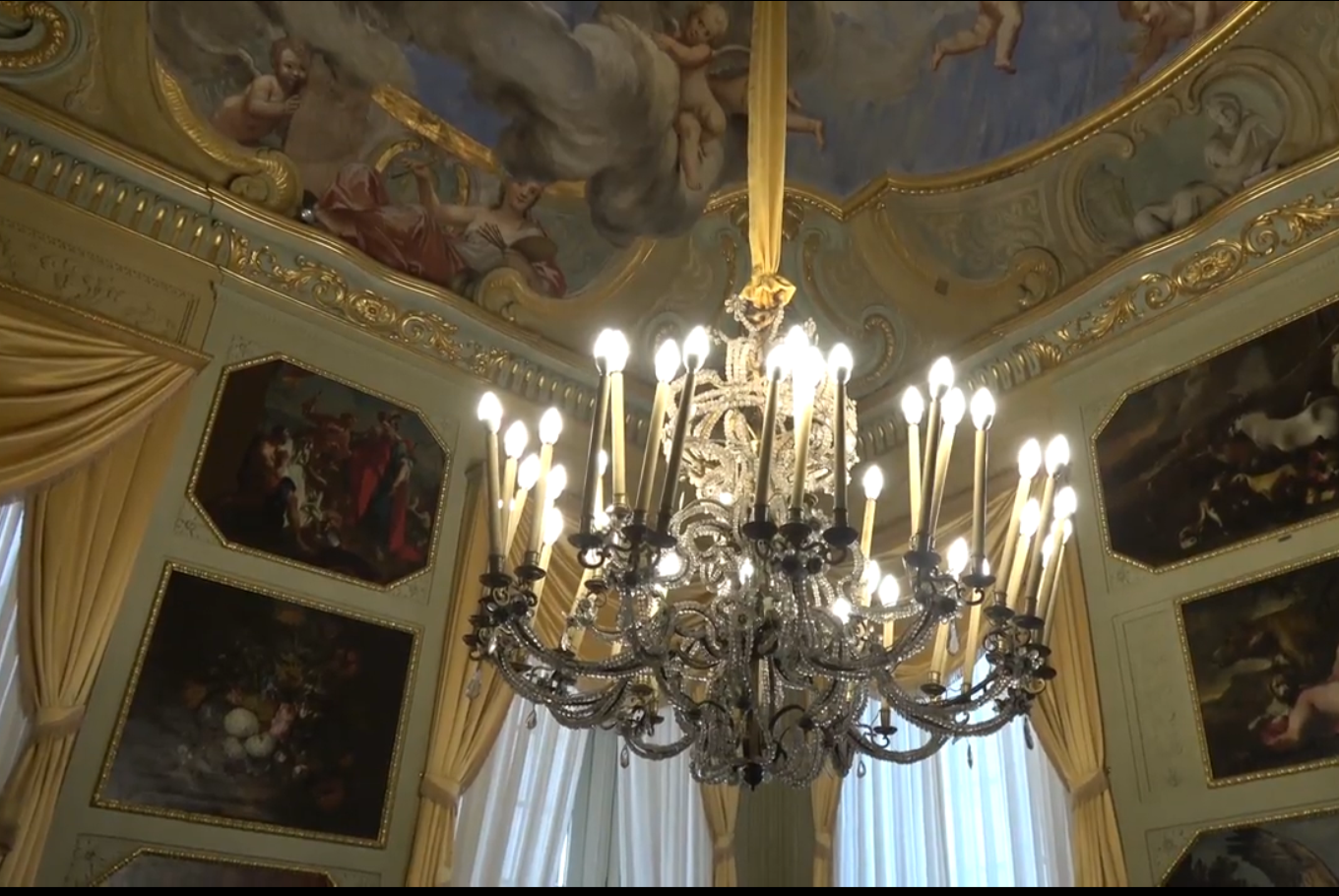
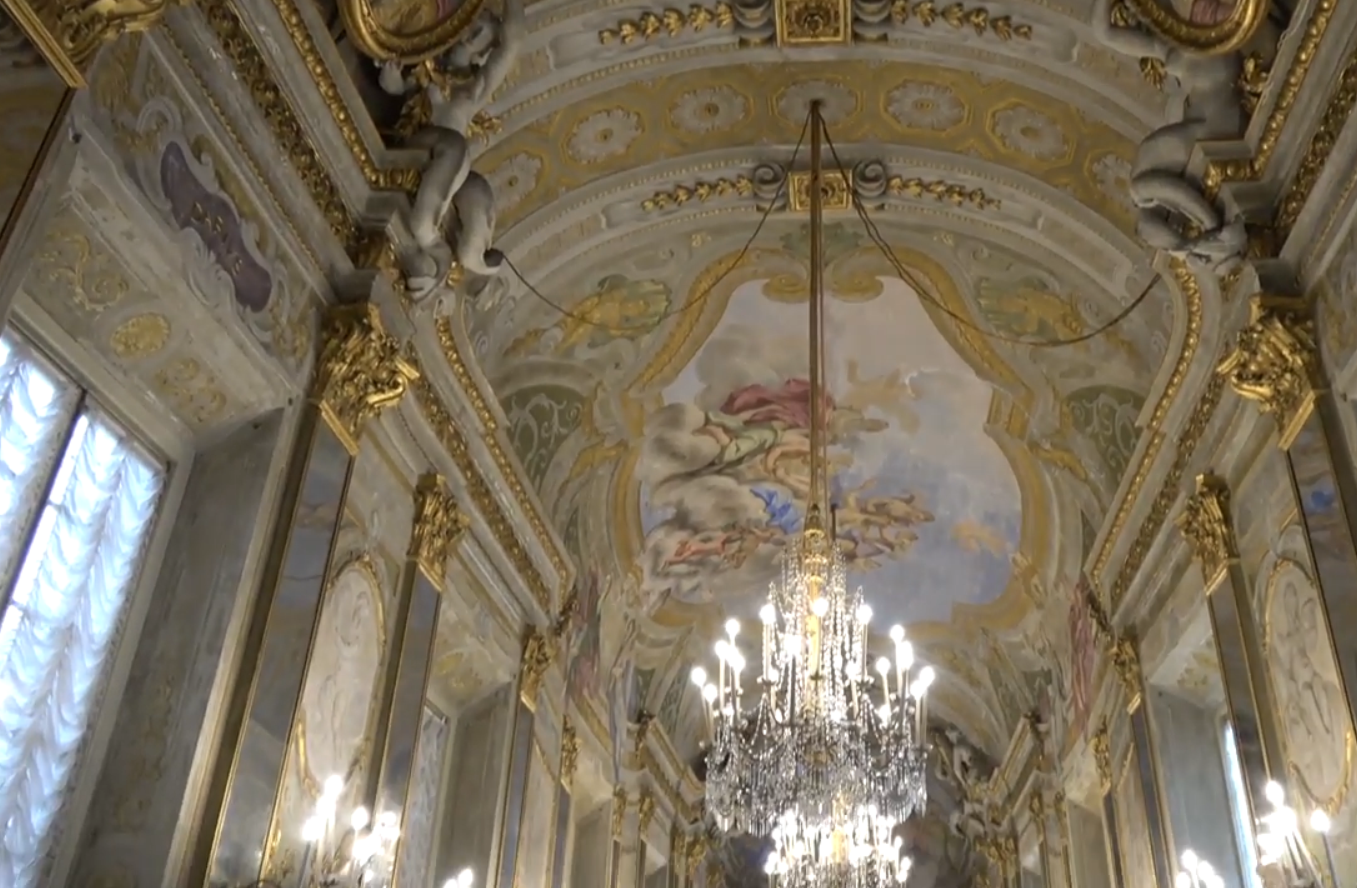
Uno de los edificios más importantes del casco histórico. Alberga obras maestra del arte del siglo XVII.
Cuadros, cerámicas ligures, cúpulas y pasillos con bajorelieves y pinturas de los principales artistas del renacimiento italiano.
Una verdadera joya del arte.
La historia del Palazzo Ducale comienza en un momento particular en la historia de Génova.
En el año 1284 tras la victoria sobre Pisa en la batalla naval de Meloria Génova consolidó su poder económico en todo el Mediterráneo.
Y el símbolo principal de este poder fue el Palazzo Ducale máximo exponente arquitectónico en ese momento de la llamada República Marítima
Un palacio de estilo manierista, majestuoso e imponente, defendido como una fortaleza con la actual Piazza Matteotti cerrada por una "cortina": una verdadera sede del Estado, con salas de recepción y un patio de armas.

2.- Galata Museum (Museum of the Sea). / Museo Galata (Museo del Mar).
Uno de los principales en su género en Europa. El más grande museo naval del área mediterráanea.
Fue construído en vidrio y acero bajo la dirección del arquitecto español Guillermo Vásquez Consuegra en el año 2004, en el cuál se declaró a Génoca Capital Europea de la Cultura, en el edificio de la Dársena, antaño el Arsenal de la República de Génova donde se construían, armaban y botaban las galeras.

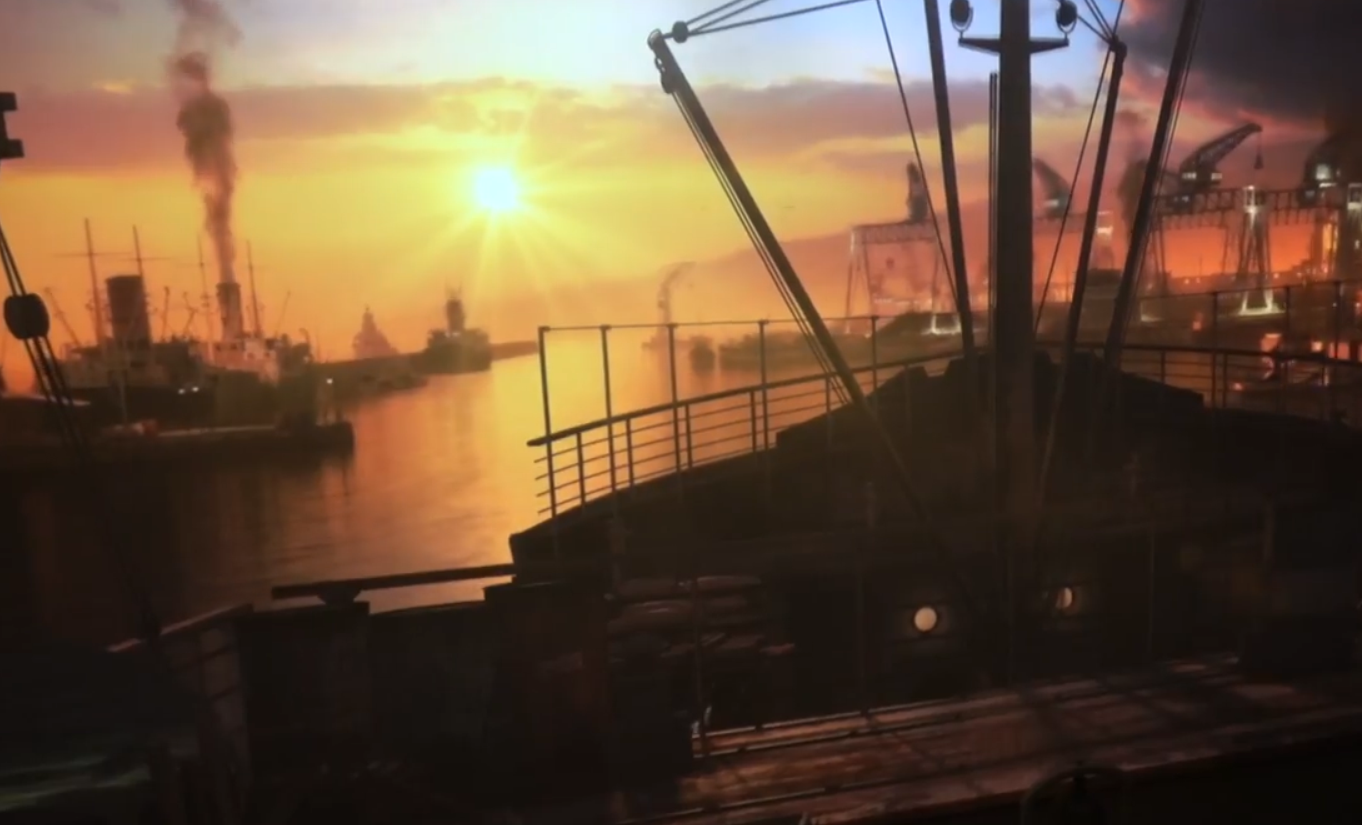

One of the main of its kind in Europe. The largest naval museum in the Mediterranean area.
It was built in glass and steel under the direction of the Spanish architect Guillermo Vásquez Consuegra in 2004, in which Genoa was declared European Capital of Culture, in the Dársena building, once the Arsenal of the Republic of Genoa where it was they built, assembled and launched the galleys.

3.- The Basilica of the Nunziata. / La Basilica de la Nunziata.
Not more than 200 meters from the Palazzo Ducale we find one of the most suggestive religious churches in Genoa. For its austerity and its style. Huge columns simulating a Roman temple. Fresh fruits on all walls. And an austerity that invites meditation and devotion.
In the heart of Genoa it is one of the greatest expressions of the art of the '600 that will leave you speechless.
There is a very beautiful replica of the Last Supper, as well as numerous really beautiful frescoes.
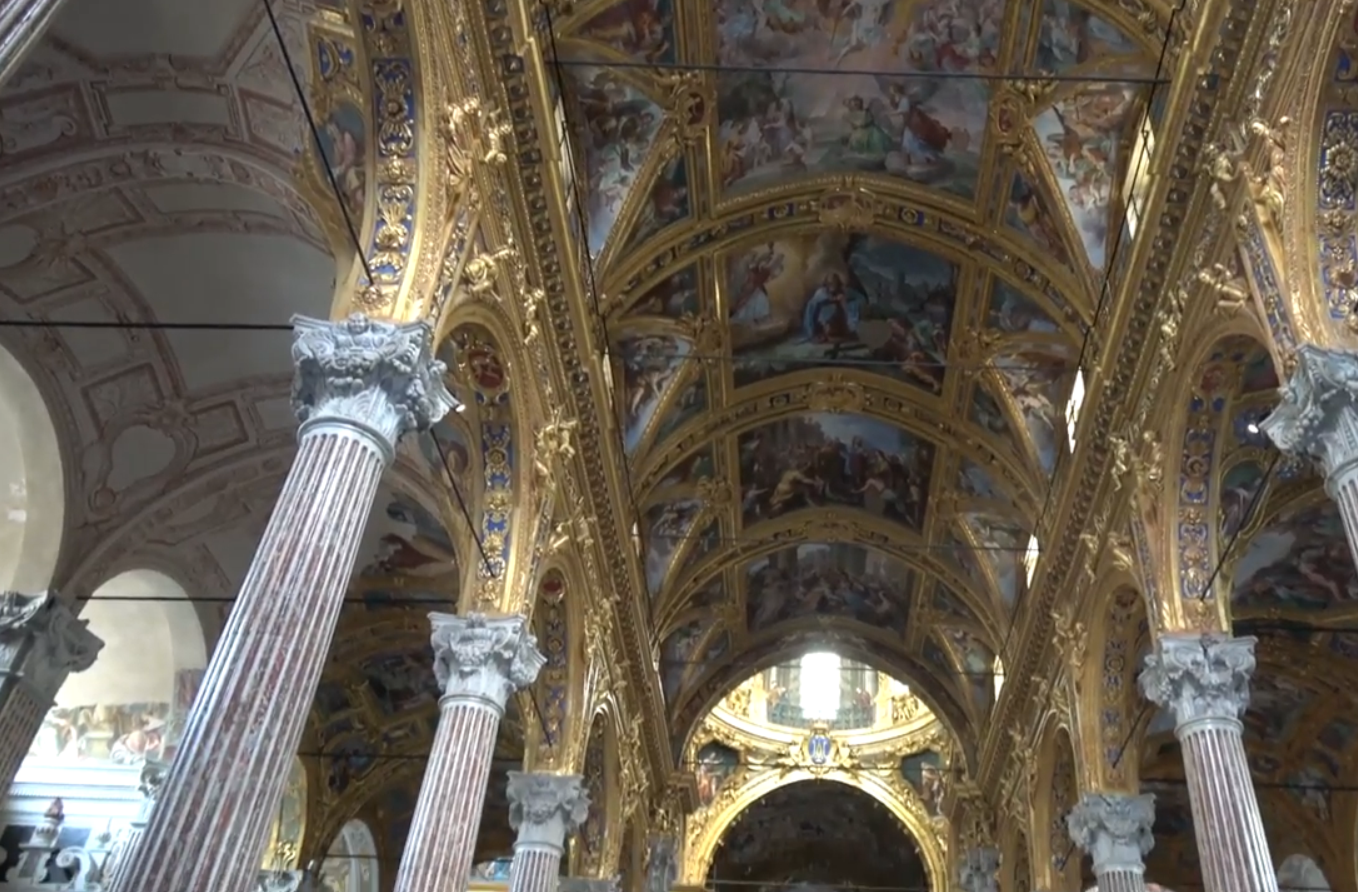

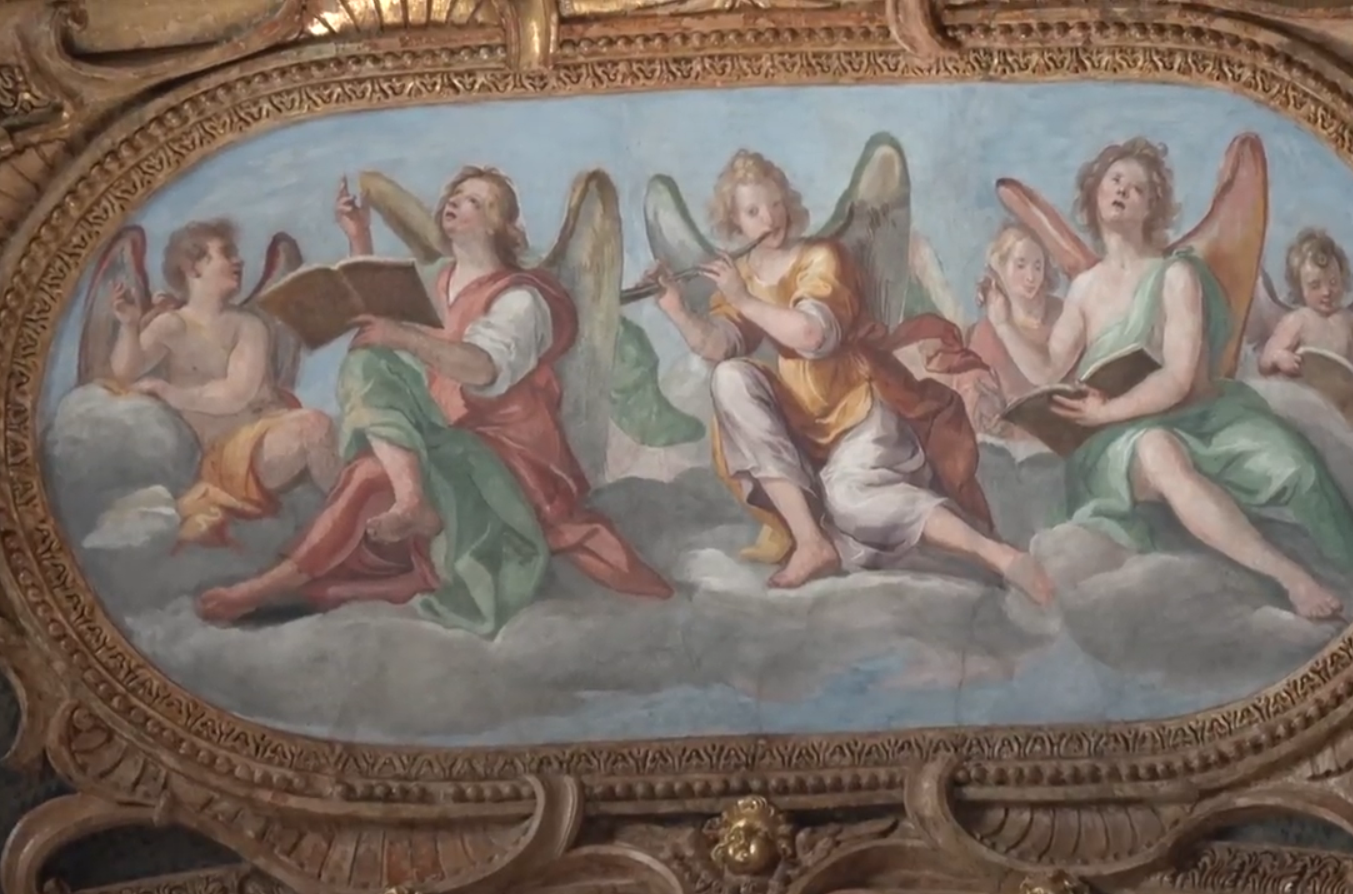
A no más de 200 metros del Palazzo Ducale encontramos una de los templo religiosos más sugestivos de Génova. Por su austeridad y por su estilo. Enormes columnas simulando un templo romano. Afrescos en todas paredes. Y una austeridad que invita al recogimiento y a la devoción.
En el corazón de Génova es una de las mayores expresiones del arte del '600 que te dejará sin palabras.
Hay una réplica muy hermosa de la Última Cena, así como numerosos frescos realmente hermosos.

4.- D'Albertis Castle. / Castillo de Albertis.
Or simply the Castle as the inhabitants of Castelleto call it the Genoese neighborhood located on the heights from which a panoramic view of the entire port of Genoa and the Mediterranean Sea is appreciated.
Let us not forget that Genoa and, in general, all of Liguria are built on a system called terraces, that is, superimposed levels, one on top of the other, so that, from any point of the cities, an immediate panoramic view of the sea and the port areas, currently and largely dedicated to tourist cruises and small yatches and sailing boats.
The Museum of World Cultures, commonly known as Castillo D’Albertis, offered a tour of the house of Captain Enrico Alberto D’Albertis, in Creador.
Traveling by land and sea between 1800 and 1900, D'Albertis enclosed all the objects found in distant lands in an archaeological and ethnographic environment.
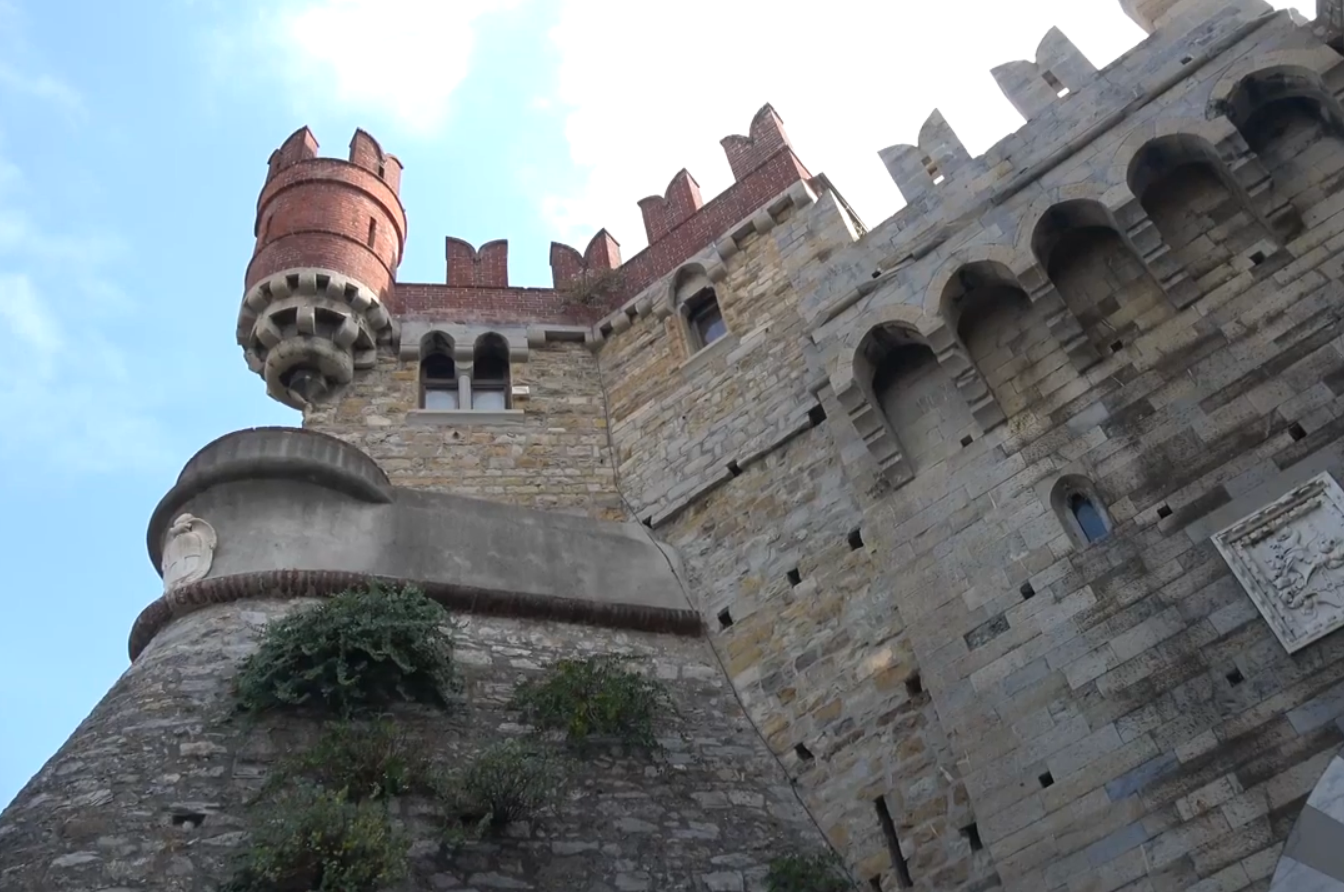


O simplemente el Castillo como lo llaman los habitantes de Castelleto el barrio genovés situado en las alturas desde las cuales se aprecia una vista panomrámica de todo el puerto de Génova y del Mar Mediterráneo.
No olvidemos que Génova y en general toda la Liguria están edificadas sobre el sistema llamado de terrazas, es decir niveles superpuestos, uno sobre otro, de manera que , desde cualquier punto de las ciudades, se obtiene una vista panorámica inmediata del mar y las zonas portuales, actualmente y en gran medida dedicadas a los cruceros de turismo y pequeños yatches y barcas de vela.
El Museo de las Culturas del Mundo, comúnmente conocido como Castillo D’Albertis, ofreció un recorrido en la casa del Capitán Enrico Alberto D’Albertis, en Creador.
Viajando por mar y tierra entre 1800 y 1900, D'Albertis encerró todos los objetos encontrados en tierras lejanas en un entorno arqueológico y etnográfico.

5.- Church of San Lorenzo. / Iglesia de San Lorenzo.
With its characteristic black and white striped colors, it is one of the most austere churches in all of Genoa, whether in appearance or exterior and the main center of worship in the city.
What actually attracts thousands of tourists is a rare and fortuitous event that occurred in World War II.
It preserves inside the bomb that fell from a bomber (plane) during World War II and did not explode.
The huge warhead is still preserved inside the church today.
The first certain data that attests to the existence of the Cathedral of San Lorenzo dates back to the year 878, when Bishop Sabatino ordered the translation of the relics of San Romolo.
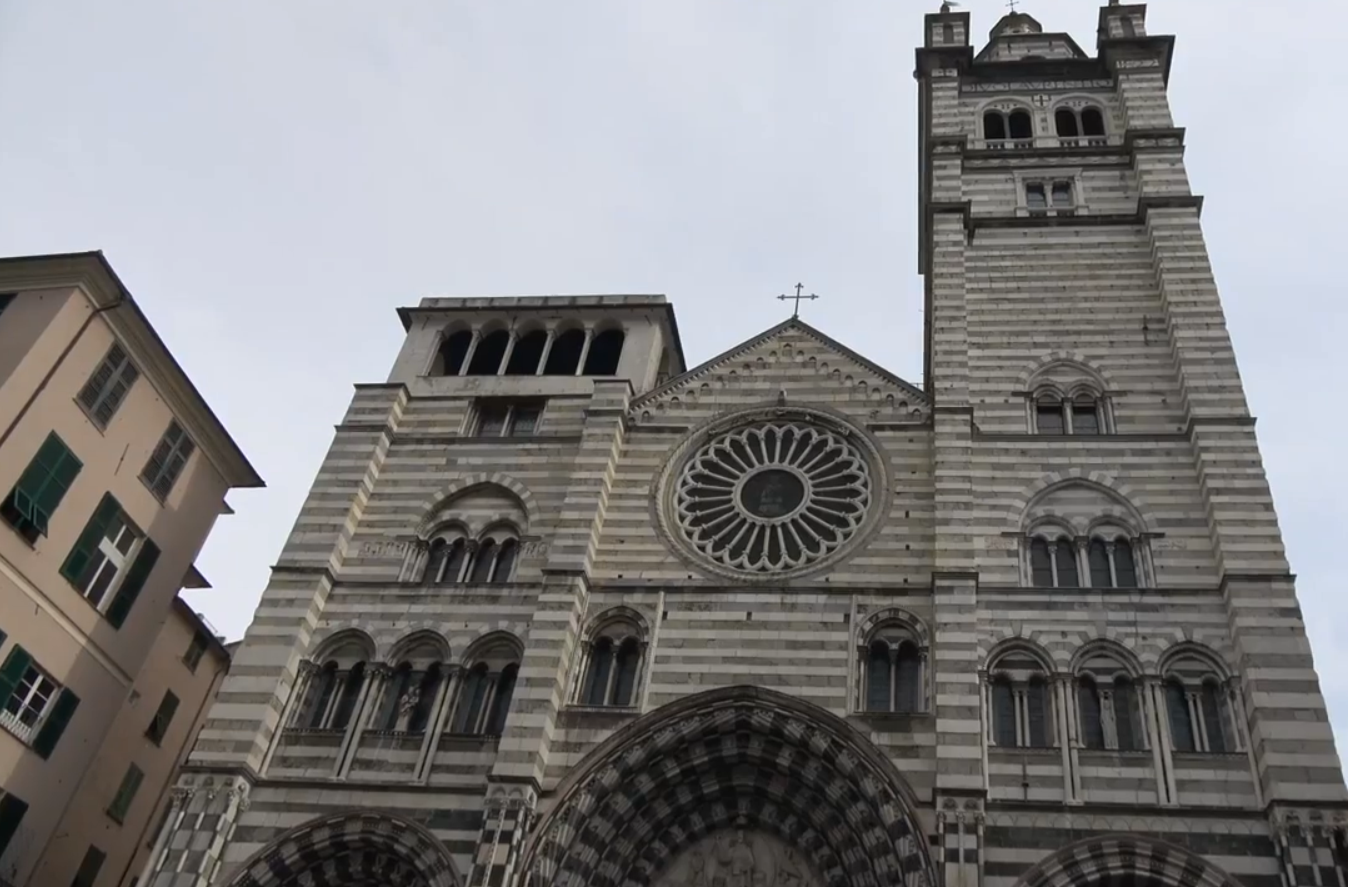
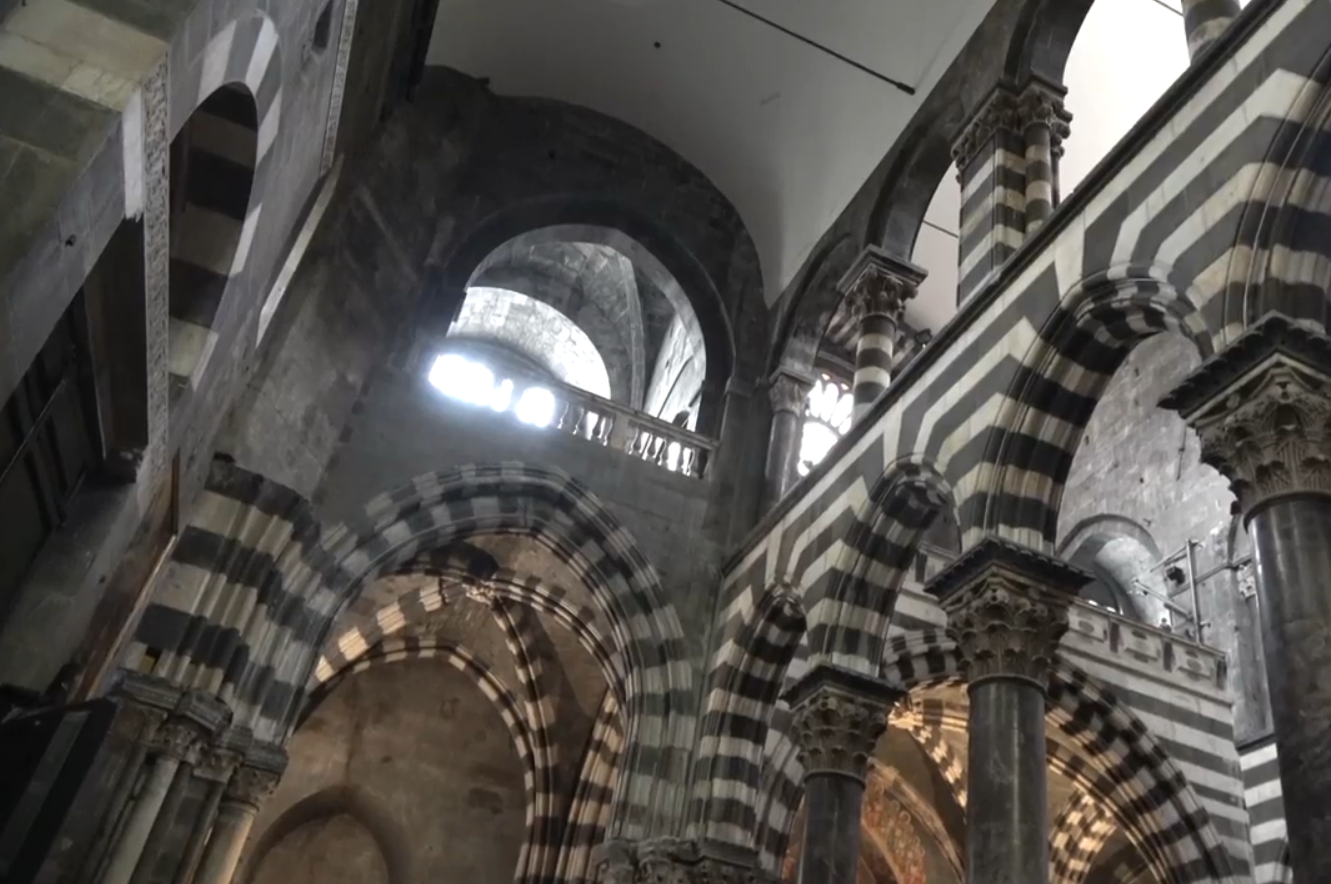

Con sus característicos colores a rayas blancas y negras es una de las iglesias más austeras de toda Génova, ya sea en su aspecto o exterior y el principal centro de culto de la ciudad.
Lo que atrae en realidad a miles de turistas es un hecho fortuito y excepcional ocurrido en la Segunda Guerra Mundial.
Conserva en su interior la bomba que cayó desde un bombardero (avión) durante la Segunda Guerra Mundial y no llegó a explotar.
La enorma ojiva se conserva aún hoy en el interior de la iglesia.
El primer dato cierto que da fe de la existencia de la Catedral de San Lorenzo se remonta al añ 878, cuando el obispo Sabatino dispuso la traducción de las reliquias de San Romolo.



Congratulations, your post has been added to Pinmapple! 🎉🥳🍍
We are giving away 2000 Hive for reaching 1000 travel digests
Anyone and everyone can join!
Join the raffle and check the 1000 contest post
Did you know you have your own profile map?
And every post has their own map too!
Want to have your post on the map too?
Thanks @pinmapple for the constant support received.
Congratulations, your post has been upvoted by @dsc-r2cornell, which is the curating account for @R2cornell's Discord Community.
Thank you for having curated and supported the content of the post @dsc-r2cornel and @jasonmunapasee.
Hiya, @LivingUKTaiwan here, just swinging by to let you know that this post made it into our Honorable Mentions in Daily Travel Digest #1026.
Your post has been manually curated by the @pinmapple team. If you like what we're doing, please drop by to check out all the rest of today's great posts and consider supporting other authors like yourself and us so we can keep the project going!
Become part of our travel community:
Thanks @pinmapple and @LivingUKTaiwan for the mention received.